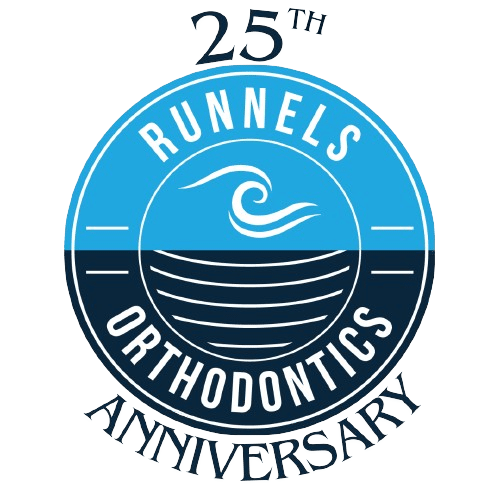According to a 2009 survey by the American Dental Association, there were 237,717 dentists in the United States. Of that number, approximately 13,500 people list orthodontics as their specialty. What is the difference between a dentist and an orthodontist? Both of these professions complement one another, and understanding the differences and similarities will help you understand each profession’s role in your oral health.
Orthodontics as a Specialty
All orthodontists are dentists, but not all dentists specialize in orthodontics. Orthodontics is a specialty of dentistry that focuses on correcting malocclusion, otherwise known as ‘bad bite.’ A bad bite occurs when the jaws or teeth do not line up properly, which can contribute to poor wear of the teeth, jaw pain and an aesthetically unpleasing appearance.
Shared Base Knowledge
All dentists and orthodontists share the same base of education. After completing a four-year undergraduate degree, individuals then attend four more years of schooling and practice to earn their Doctor of Medical Dentistry (DMD) or a Doctor of Dental Surgery (DDS). Those who wish to specialize in orthodontics then return to earn their Masters of Science in orthodontics. This is why all orthodontists are dentists, as the base knowledge is the same for both occupations.
Due to this shared education, it is common for orthodontists to be perfectly comfortable handling cleanings, fillings or bonding small chips. This is especially common for orthodontists in small towns or those working in full-service dental offices in partnership with a dentist. Your orthodontist is fully qualified to complete the work, so do not be surprised if he or she does not want to pass you back to a dentist for restoration work. Like all professionals, your orthodontist will not hesitate to refer you to another specialty if necessary.
Why You May Need an Orthodontist
If your dentist has noted crowding, shifting or a misalignment in your teeth, he or she may refer you to an orthodontist. This is not just an issue of aesthetics, as a bad bite can cause damage to your teeth, jaw pain and migraine headaches. Orthodontists use braces, retainers and other appliances to gently push your teeth into a correct bite. In severe cases, surgery may be necessary. Signs that you need an orthodontist are usually obvious to your dentist in childhood, but aesthetic orthodontic issues can be corrected well into adulthood if you so choose.
Dentists and orthodontists are both professionals that concentrate on oral health. An orthodontist usually concentrates on correcting bad bite and misalignment, while still being fully qualified to perform cleanings, fillings and other restorative work. Your oral health and specific needs will dictate whether you need to see a dentist, orthodontist or both for full care.
If you have any questions or concerns about orthodontists, Dr. Runnels and our highly trained staff of M. Scott Runnels Orthodontics and Dentofacial Orthopedics can be of assistance. While Dr. Runnels does mostly orthopedic work he also does some cosmetic procedures such as teeth whitening and laser gum sculpting. Please feel free to contact our office today to schedule a consultation.

